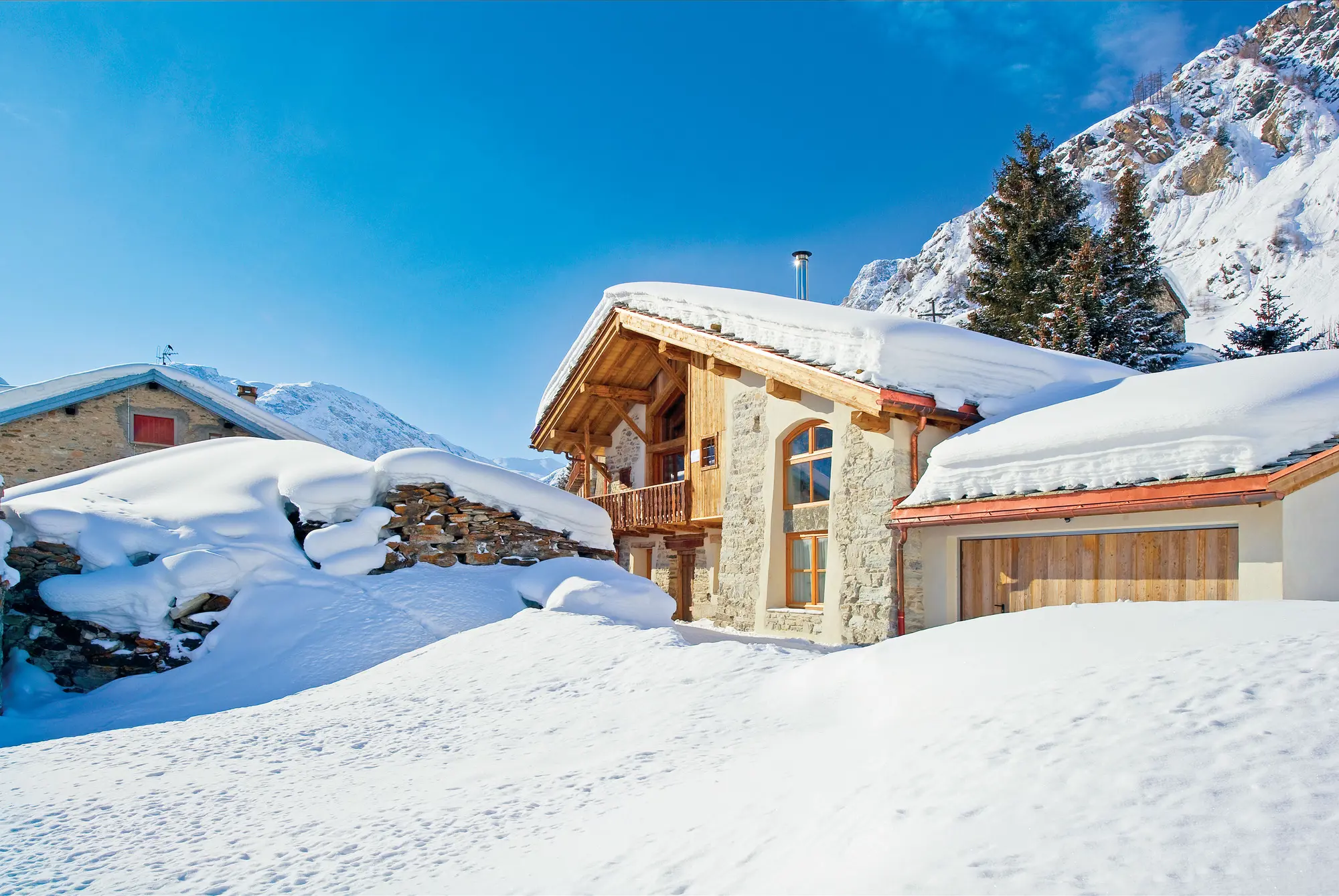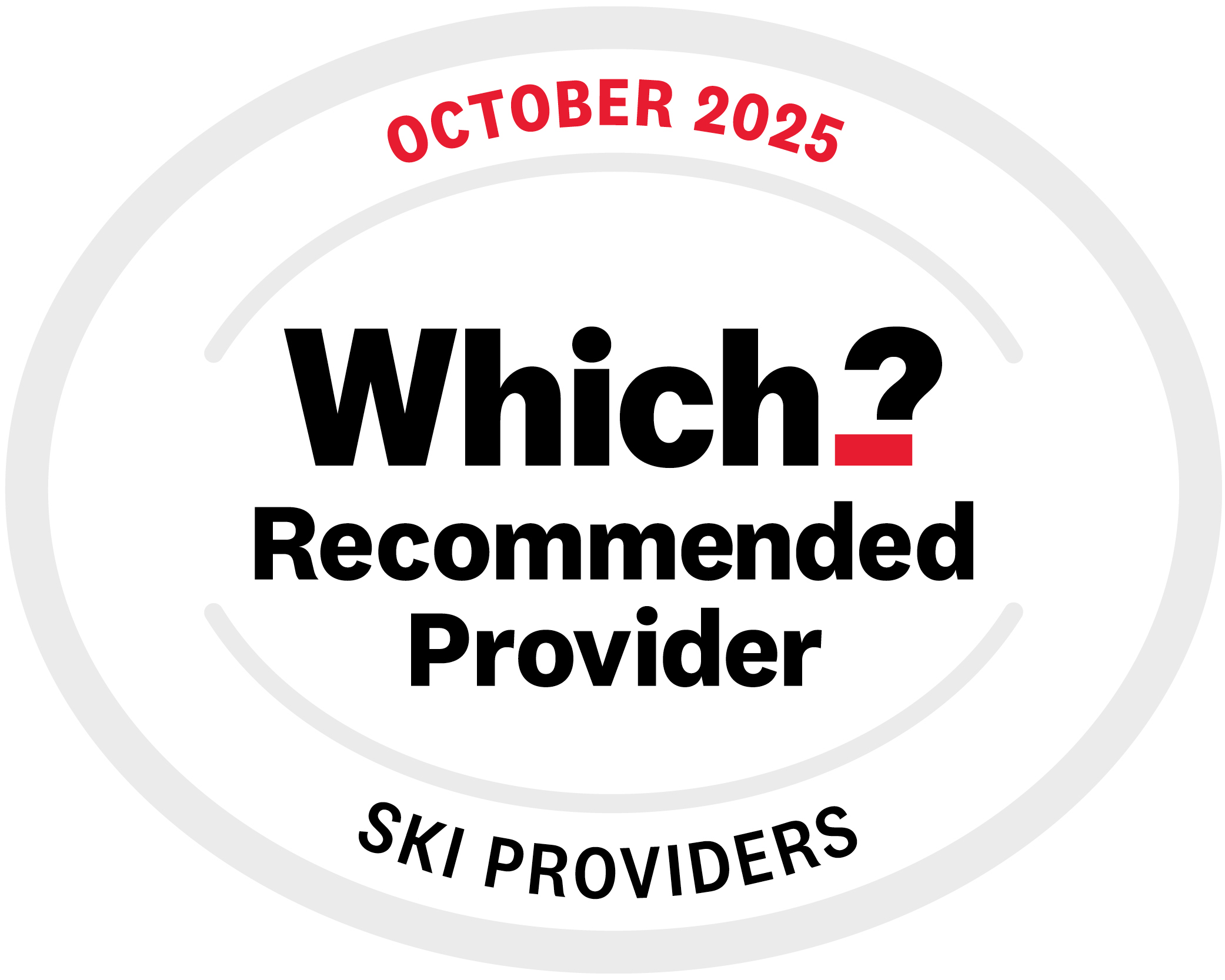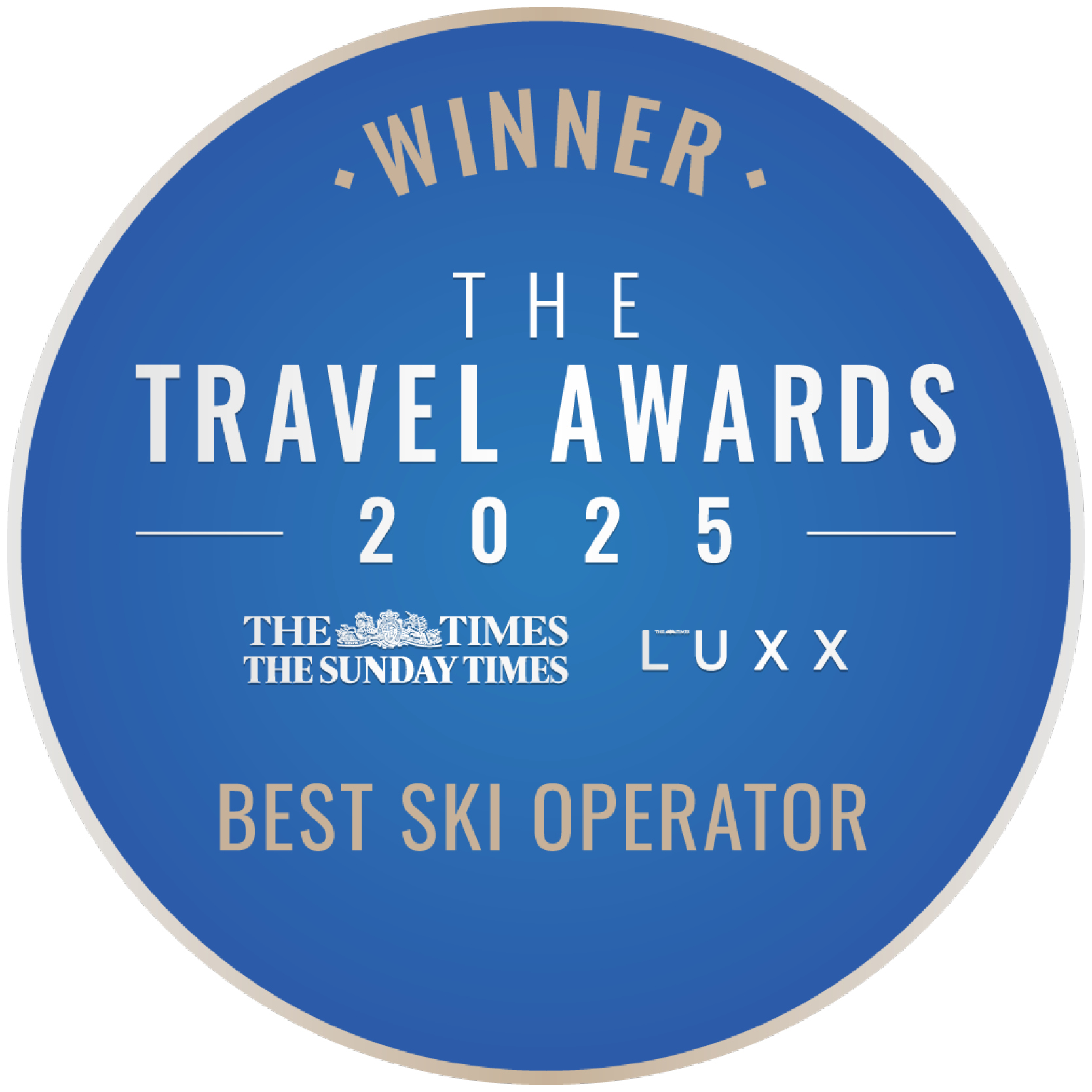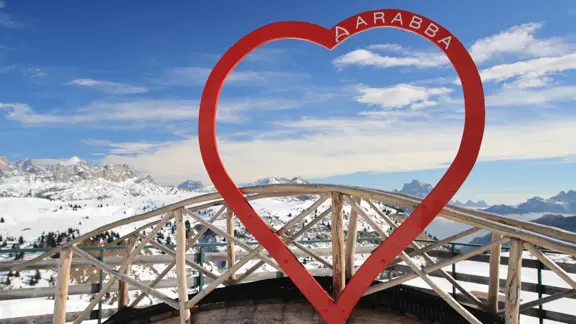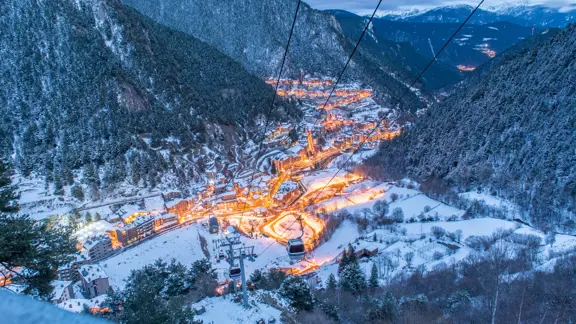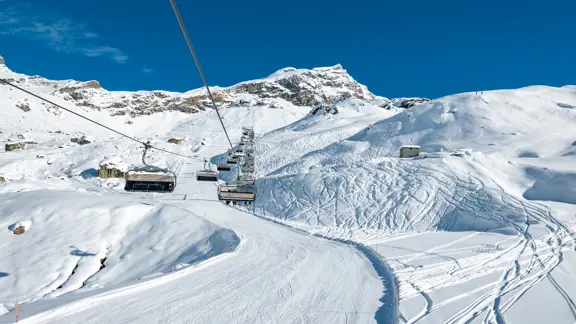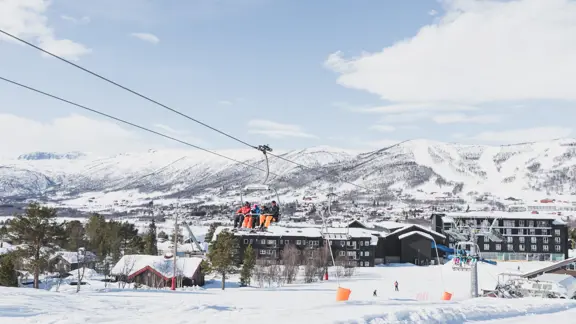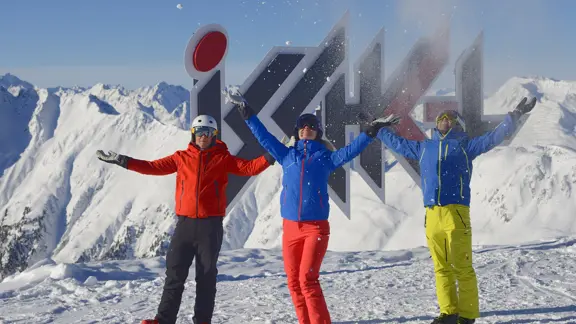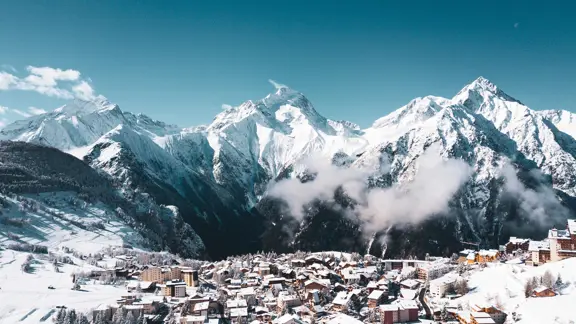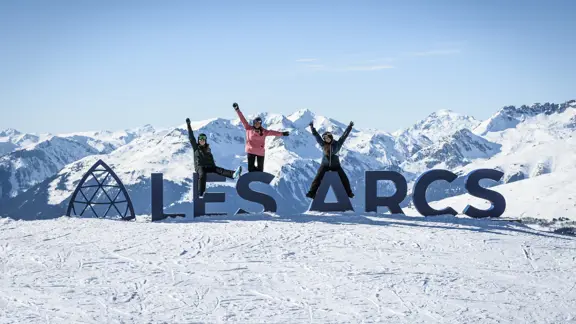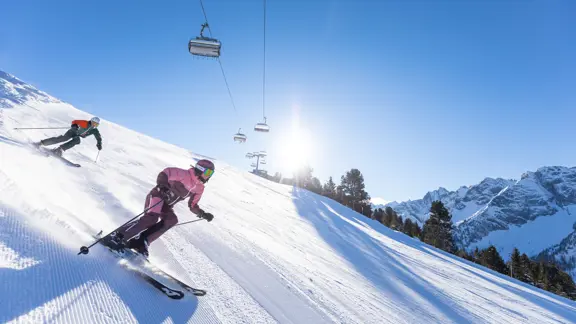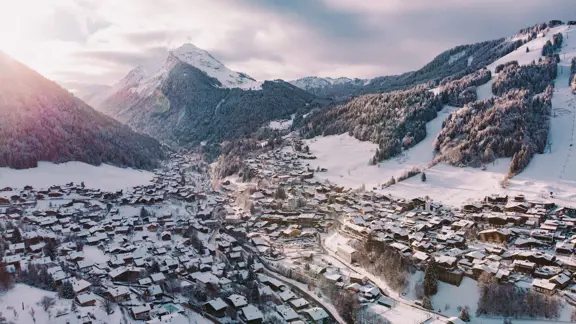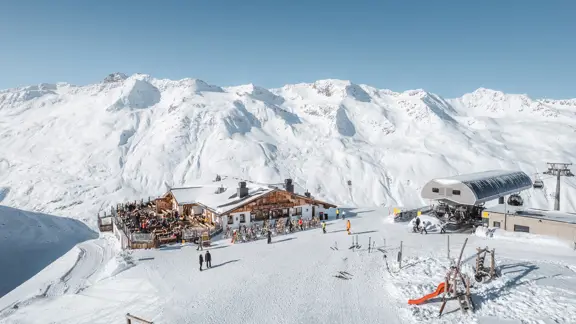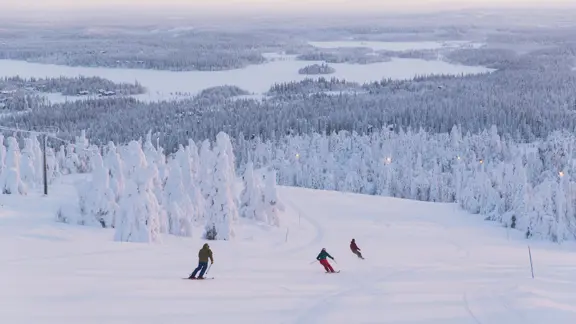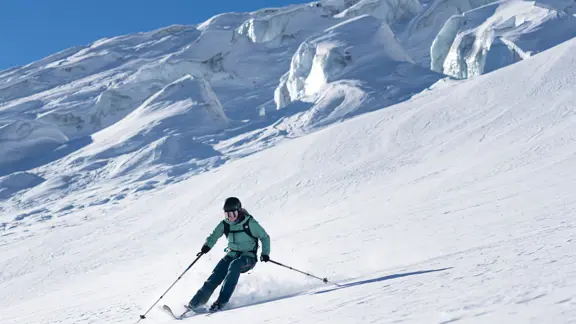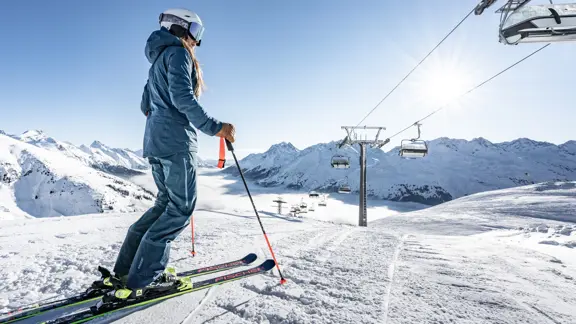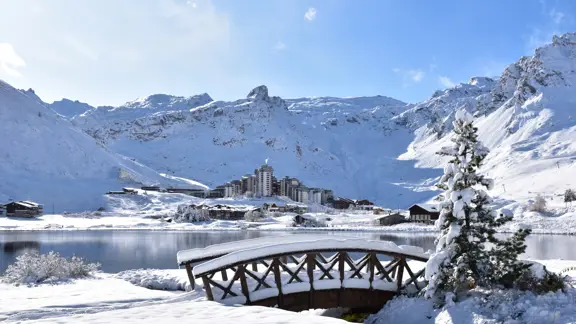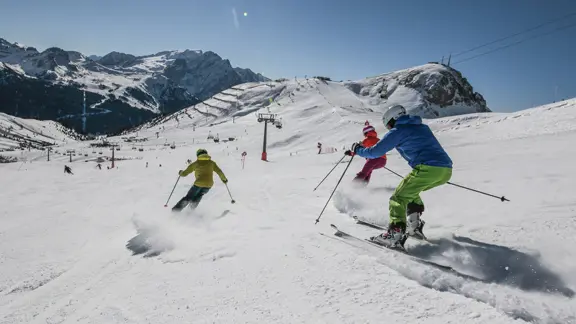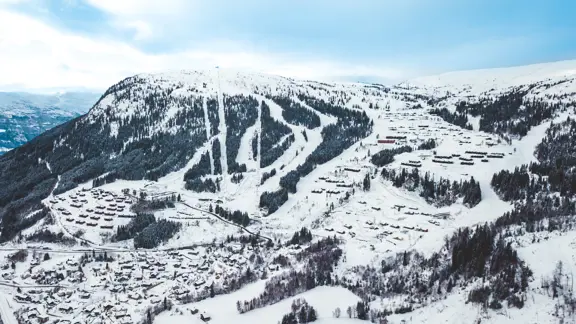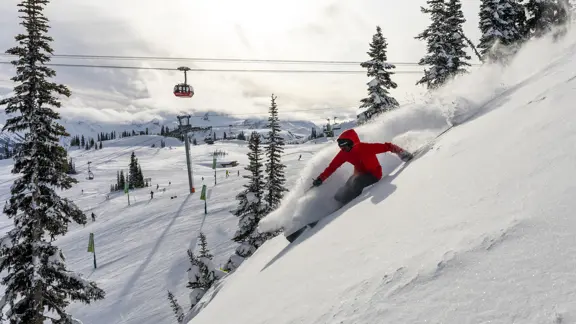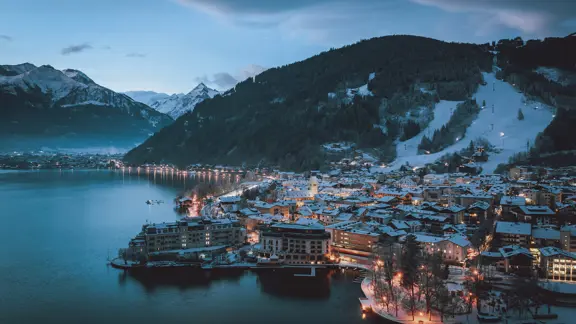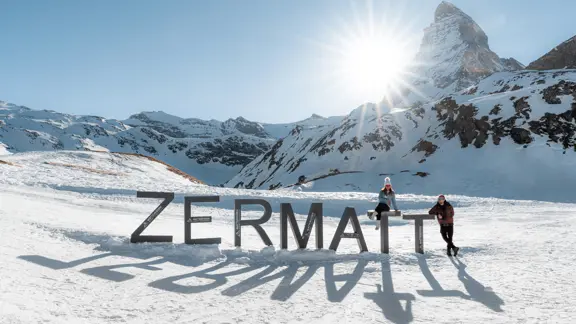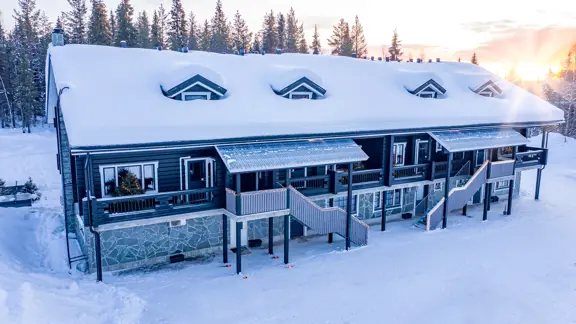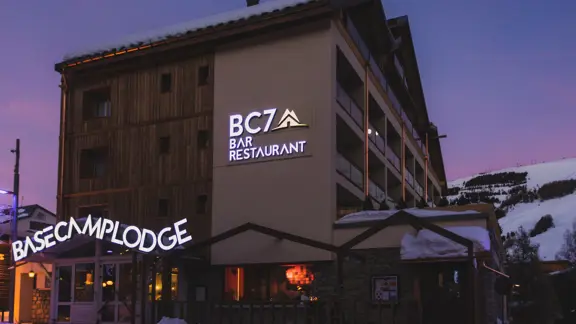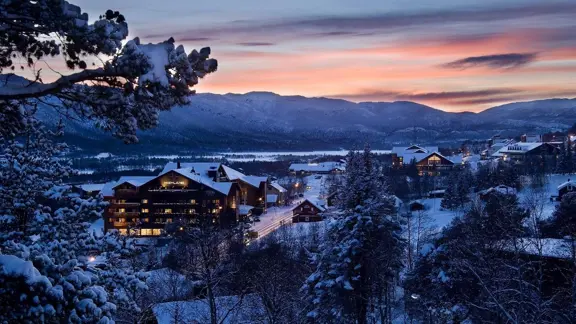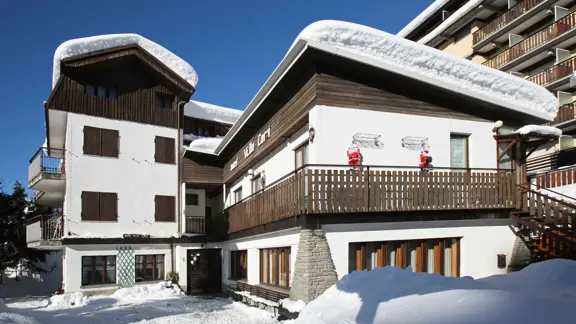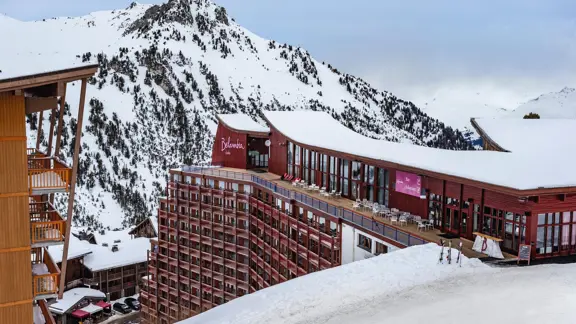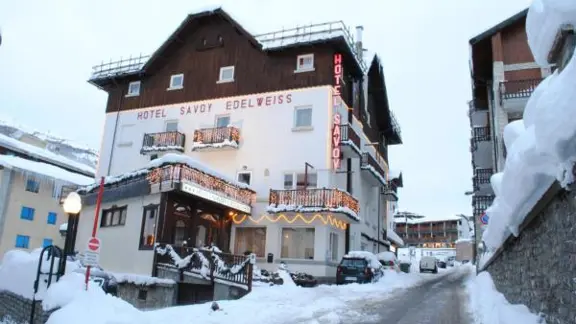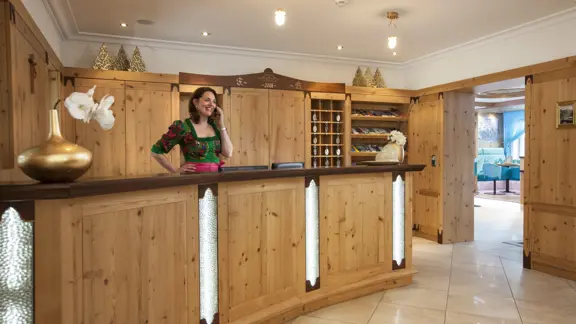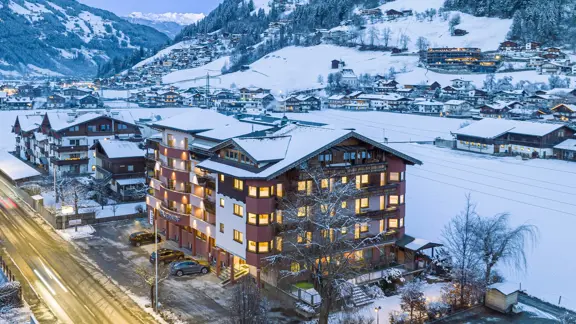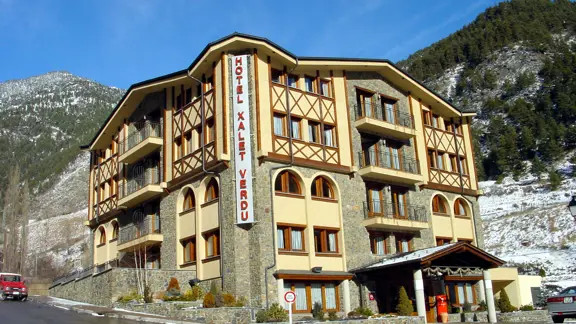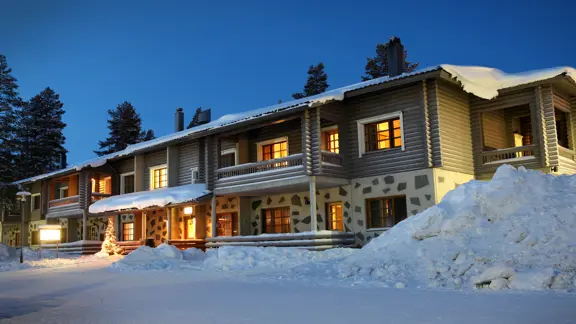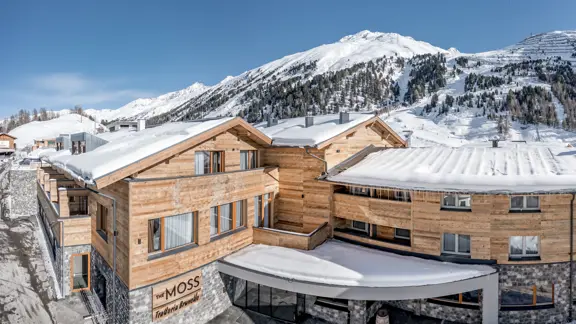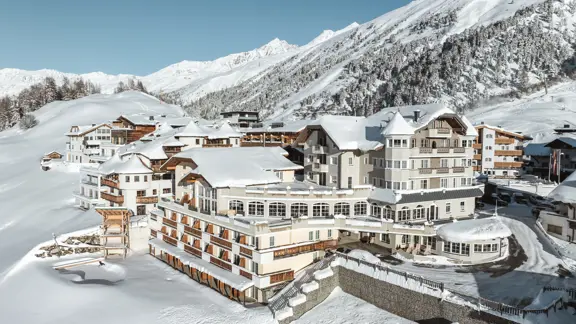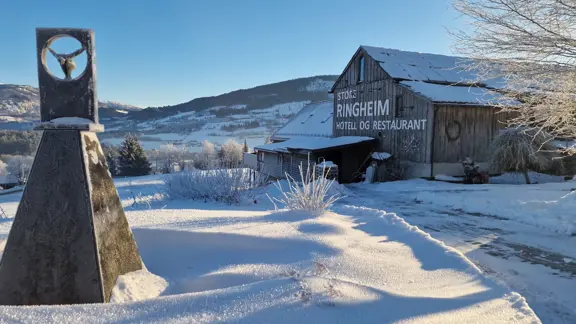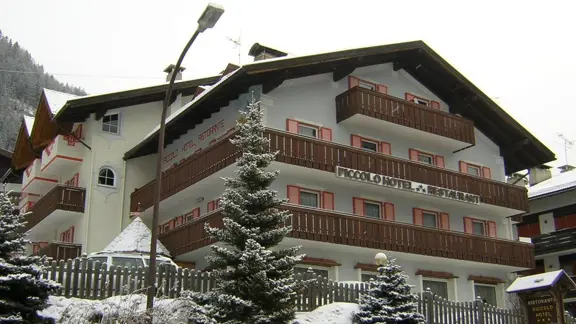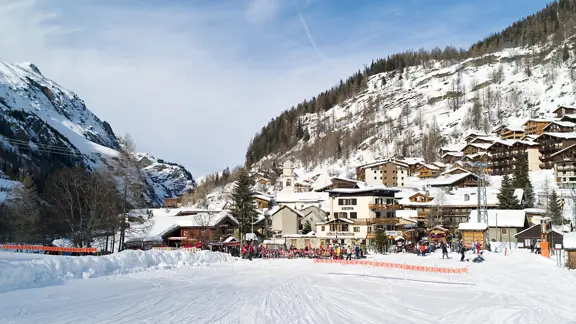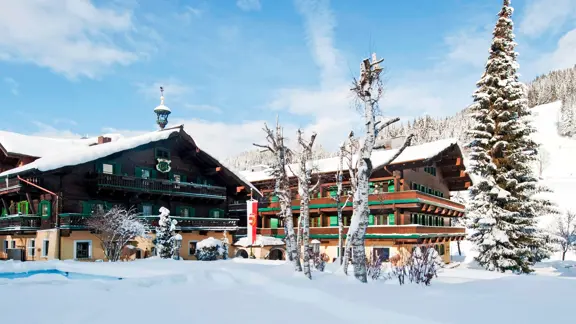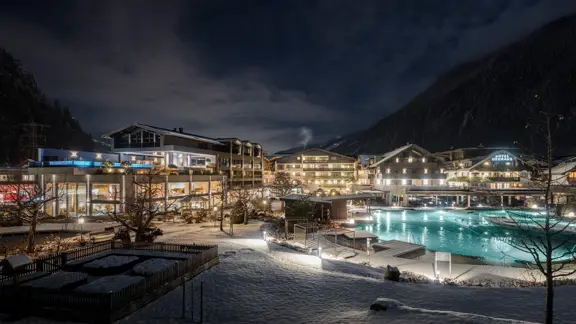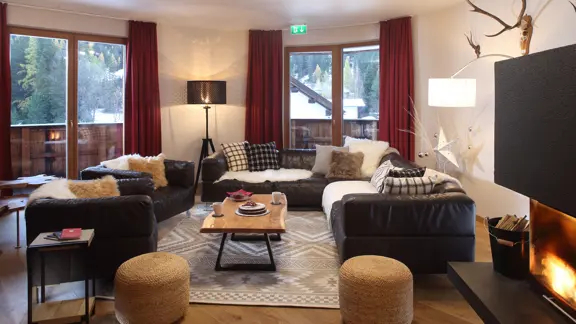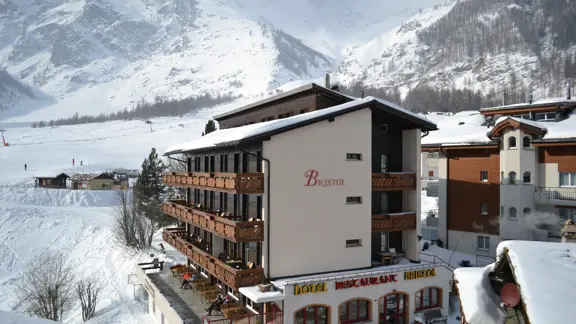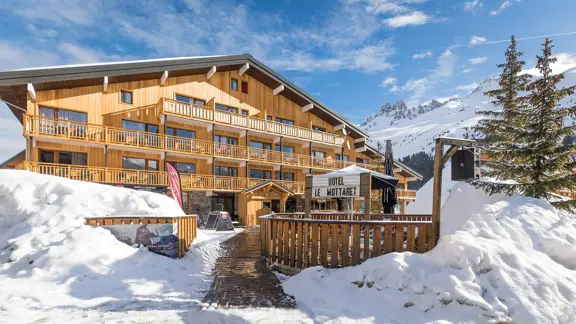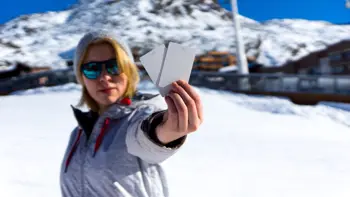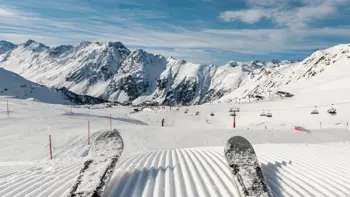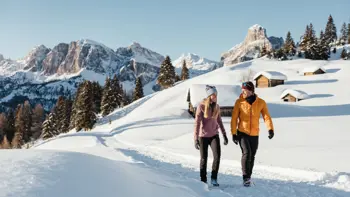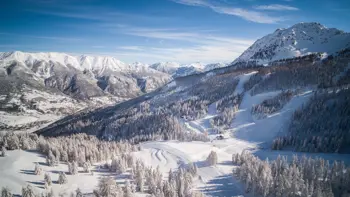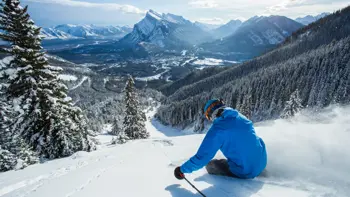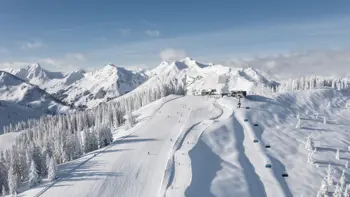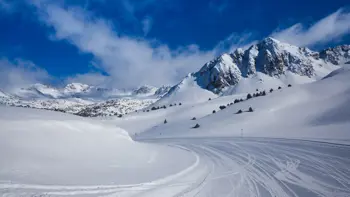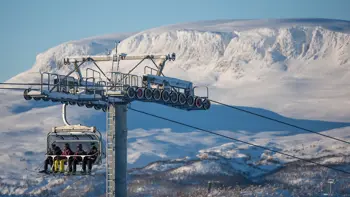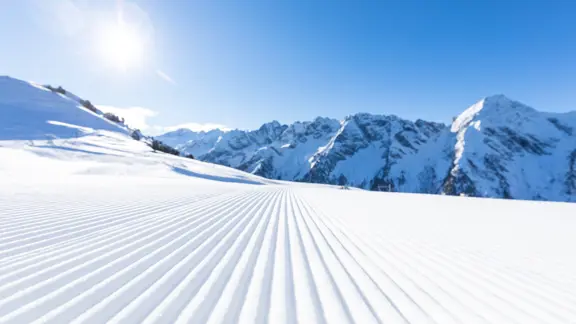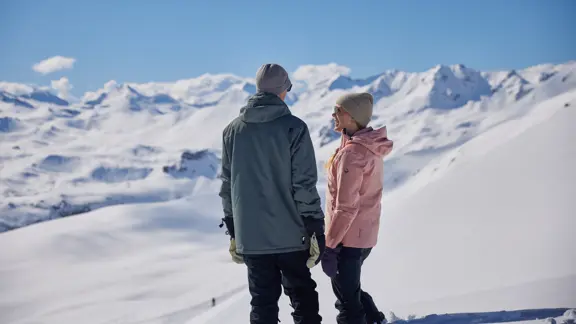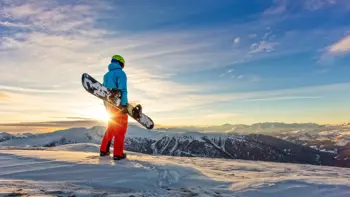Experts in ski & snowboarding holidays since 1934
We know a thing or two about ski & snowboarding holidays – we’ve been taking people skiing since Walter Ingham took his first group to Austria over 90 years ago – and we’re just as passionate about sharing our love of the mountains today.
Take your pick from handpicked hotels, chalets and apartments in our favourite snow-sure resorts across Europe & Canada, with a range of regional travel options, transfers to resort and 24/7 support from our Destination Experts.
From the thrill-seekers to the après skiers, our expert team will be with you at every turn. Book your 2025/26 ski holiday today.
Why book your ski holiday with Inghams
Decades on the slopes, service you can trust, ski holidays done right, we're the whole package. Find out more
Ski better with Inghams.
-
Ski experts since 1934
HistoryQuality over quantity — 90 years creating the best, handpicked holidays just for you.
-
Chalet the Inghams way
ChaletsHome comforts and a dedicated host to look after you. Our chalets are handpicked and exclusive to us.
-
Award-winning service
Why book with usIf snow hits the fan, we’ve seen it all – and sorted it all before. That’s why we’re a top rated holiday provider by Which? and The Times and Sunday Times Best Ski Operator 2025.
-
Try to top this snow guarantee
Snow guaranteeIf less than 25% of planned runs are open, we’ll take you to a nearby resort and keep you skiing.
-
Championing the great outdoors
SustainabilityIf natures on your mind, then know it’s on ours too. The mountains are a special place, and we’re determined to help keep them that way. .
-
We're the whole package
Ski resortsWith a package holiday, everything’s sorted (and protected by ABTA/ATOL) including travel, transfers, accommodation and expert advice tailored to you.
Our favourite ski destinations
All Ski destinationsWhether you're looking for the best slopes or the most snow-sure resorts, we offer a choice of 80 ski destinations across 8 countries — including unforgettable skiing holidays in Finland. From families and groups to solo adventurers, our resorts cater to every level of skier and snowboarder. Below are just a few of our top picks.
Good to know
For everything you need to make your ski holiday this winter perfect. Tick off the ski essentials like lift passes, ski hire and tuition or read our expert advice on travel, payments and what’s new - we've got you covered.
-
Ski essentials
EssentialsFrom booking ski lessons, purchasing lift passes, to hiring equipment — we can help.
-
Getting to resort
By TrainIt’s never been easier to swap the plane for the train, with Inghams you can access 24 resorts by train.
-
What's new
Whats new on the slopesEvery season we're freshening things up with new accommodation, resorts and piste knowledge. Stay on top of our adventures here.
-
Destination Experts
Why book an Inghams ski holidayYour friendly go-to people, offering first-hand information and support to help you make the most of your holiday.
-
£0 deposit option
PaymentsBook your holiday with no deposit when you choose to pay monthly with our new direct debit option.
-
Ski holiday types
Find out moreFrom luxury hotels to all-inclusive chalets and ski-in/ski-out apartments, we’ve got the perfect ski holiday for you, your family, friends, or even if you’re flying solo.
Our handpicked stays
Whatever your holiday style, we have the perfect accommodation for you — from exclusive chalets and convenient ski-in/ski-out hotels to comfortable, home-from-home apartments. Each season, we carefully select the best accommodation across all our destinations, ensuring a great stay in every resort. This includes our Inghams’ Choice properties — handpicked by our expert teams of passionate skiers for their quality, location, and exceptional value.
Ski holiday destinations
With over 80 resorts across Europe and Canada, you'll never be short of new experiences. Whether you're a Three Valleys skier through and through, love the endless slopes of the Dolomites, have never skied the Milky Way, dream of The Arlberg as your spiritual ski home, or want to experience the magical pistes of skiing in Finland, with Inghams we've got something to suit everyone.
Our best ski offers
Ski Insider Guides
Popular skiing FAQ's
Inghams ski holidays are perfect for those who love skiing in the great outdoors. Pick your base from our handpicked collection of the best ski destinations across Europe and North America, from over 70 resorts across 8 countries: Andorra, Austria, Canada, France, Italy, Switzerland, Norway and Finland From the thrill-seekers to the après skiers, our expert team will be with you at every turn.
When choosing the perfect ski holiday destination, consider factors like ski area size and piste difficulty levels. Our resorts have been selected to suit all types or skiers – whether you're looking for somewhere lively with plenty of apres bars, local charm and family run hotels or just amazing scenery and shorter transfers. We're with you every step of the way, so get in-touch with one of our travel experts if you need help with booking your perfect ski holiday.
Browse our ski holiday deals here, including limited-time offers and early booking discounts, making your next ski holiday adventure both unforgettable and affordable. You can also make sure you're always in the know about our latest holiday discounts, news and deals by signing up to our newsletter via the sign-up page. Where will your inbox take you?
We feature resorts with the best snow records across Europe and Canada. Many are at a very high altitude, some have glacier skiing and we even have resorts close to the Arctic Circle ensuring there is always snow in sight. Some of our top snow-sure resorts would include Tignes/Val d'Isere, Cervinia, Ischgl, Zermatt, Les Arcs and Val Thorens.
Of course! Our family holidays are all about convenience and making it easy for adults and children alike. We have resorts with excellent English speaking ski schools for the children and an excellent choice of family accommodation, whether family rooms in hotels or spacious apartments. Being close to the slopes is important and resorts with swimming pools and other activities are a bonus.
MEET WALTER INGHAM, THE MAN
WHO TOOK BRITAIN SKIING
The man who took Britain skiing and the founder of Inghams; Walter Ingham, still inspires us today after over 90 years of experience in skiing holidays.
Walter loved the great outdoors and was a passionate mountain enthusiast, adding walking holidays to Inghams early on. Inghams now offers skiing, walking and Lapland adventure holidays across Europe and Canada.
Inghams are the ski & snowboard holiday experts
Experience the thrill of the slopes with our wide range of ski trips across Europe and Canada. From world-famous resorts to hidden alpine gems, we offer everything from family-friendly ski getaways to short winter breaks and luxury snowboarding packages.
Explore iconic destinations like St Anton, Mayrhofen, and Zell am See in Austria; Chamonix, Les Arcs, and Val Thorens in France; and the dramatic landscapes of the Dolomites, Cervinia, and Livigno in Italy. Or venture further afield to Canada for an unforgettable stay in Banff. Looking for a stylish mountain break? Discover St Moritz in Switzerland – ideal for shorter stays.
Our ski packages include travel, transfers, and accommodation – designed to make booking simple and your experience stress-free. Whether you're heading off with a group, as a couple, or planning a first ski trip with the family, we’ve got accommodation to suit every style and budget, including hotels, chalets, and apartments.
The ski season runs from December to April, covering peak times like Christmas, New Year and February half-term. You’ll also find great-value last-minute offers, handpicked properties, and flexible options to make the most of your time on the mountain.
